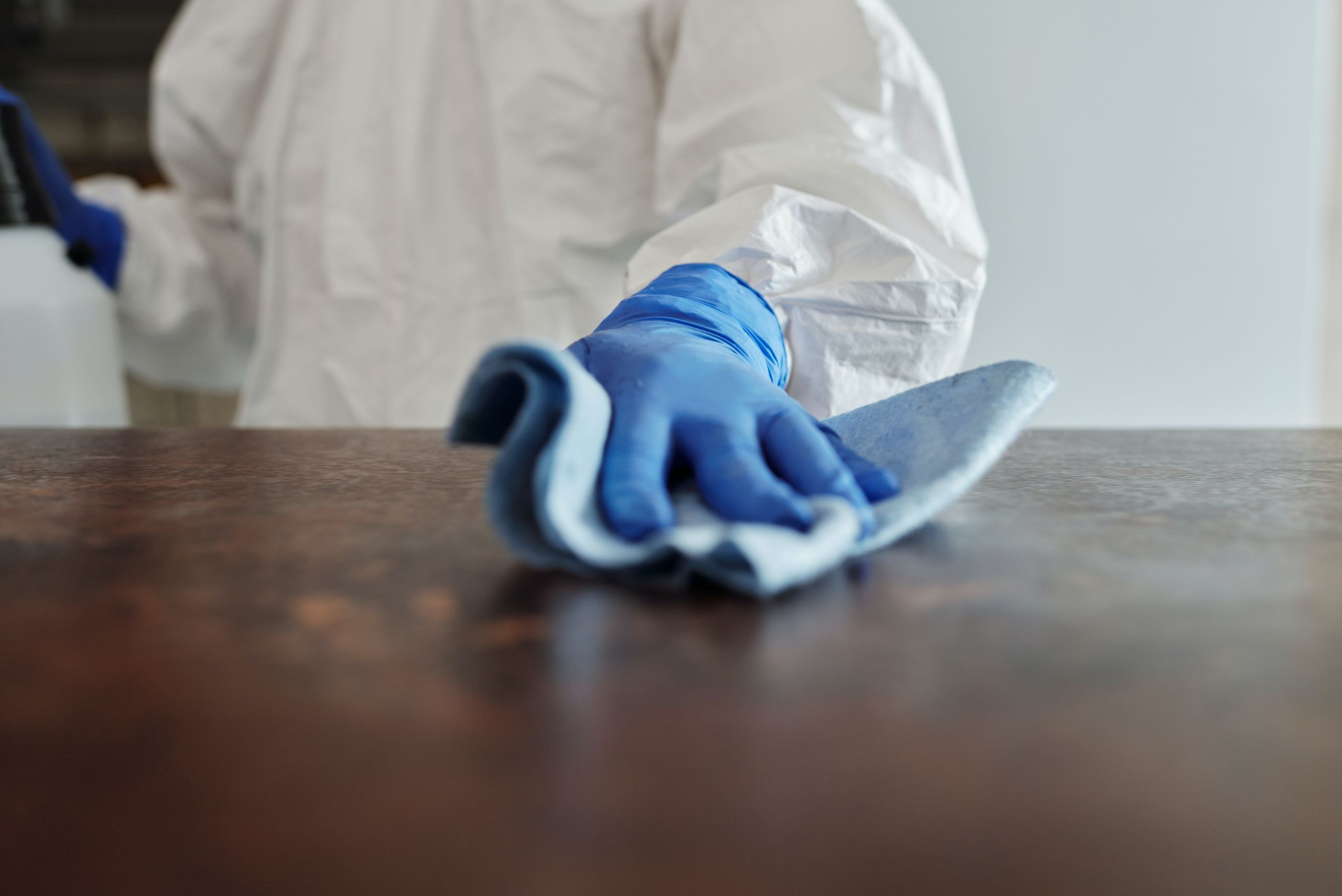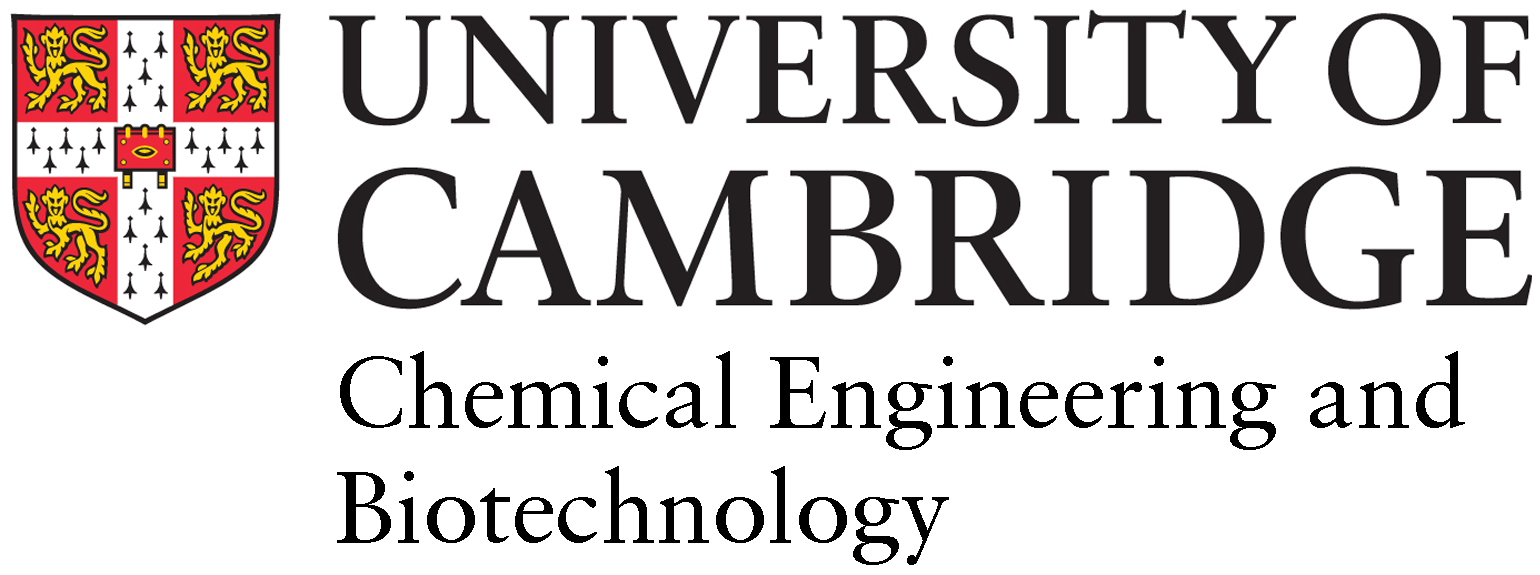Testing surface survival of coronaviruses
Our department houses a unique facility testing anti-viral surfaces to shorten the survival time of corona- and other viruses

Surface-enabled strategies against virus transmission
One of the main ways viruses can spread from person to person is through contaminated surfaces and materials. In the midst of the COVID-19 pandemic, we've become accustomed to regularly wiping down things we touch: door handles, counters, office equipment... anything that comes into contact with different people throughout the course of a day.
But what if we could engineer the properties of these surfaces to ensure any viruses that do land there, can't stay alive long enough to be passed from person to person?
This EPSRC-funded project, led by our researchers Dr Graham Christie and Dr Ljiljana Fruk, in collaboration with Stuart Clarke (Dept of Chemistry, University of Cambridge), Zhenyu Jason Zhang and Peter Fryer (both University of Birmingham), aims to design a new generation of antiviral surfaces based on functional materials that act to specifically deactivate the virus, as opposed to simply preventing it from sticking to the surfaces. To facilitate the studies, Dr. Christie and Fruk have established bespoke testing facilities for anti-viral surface materials within CEB.
Beyond ISO-testing
As well as following standard industry testing procedures for virus lifetime on materials, the unique facilities at CEB seek to apply a real-world relevance to the results:
“We follow the industry standard testing for viruses on material (ISO18184:19) but made some critical adaptations to give it more relevance," says Dr Graham Christie. "This includes conducting 'splash tests' with the virus, to mimic how virus droplets reach a surface through things like sneezing or coughing, ensuring the tests are as rigorous as possible. Our lab is also set up to use mammalian coronaviruses in testing. Although many of the materials we test will have general anti-viral properties, it is this class of viruses that the world is obviously watching right now.”
The project team have recently worked with global company DiOX, which develops protective coatings using emerging nanotechnologies, testing the anti-viral properties of a textile coating for use in face-coverings.

PhD student Suraj Mital preparing test samples of a virus 'splashed' onto a material. © University of Cambridge Chemical Engineering and Biotechnology/ Robin Ansell
PhD student Suraj Mital preparing test samples of a virus 'splashed' onto a material. © University of Cambridge Chemical Engineering and Biotechnology/ Robin Ansell

PhD student Gabby Mills working with test samples. The virus is left on the surface for differing time periods and then pipetted into a cell culture to monitor its potency in infecting cells. © University of Cambridge Chemical Engineering and Biotechnology/ Robin Ansell
PhD student Gabby Mills working with test samples. The virus is left on the surface for differing time periods and then pipetted into a cell culture to monitor its potency in infecting cells. © University of Cambridge Chemical Engineering and Biotechnology/ Robin Ansell

A control sample of virus droplets left on a test material emulating sneeze or cough droplets. © University of Cambridge Chemical Engineering and Biotechnology/ Robin Ansell
A control sample of virus droplets left on a test material emulating sneeze or cough droplets. © University of Cambridge Chemical Engineering and Biotechnology/ Robin Ansell
Get in touch
We are able to support companies looking to test anti-viral properties of their materials, particularly against coronaviruses.
If you would like to work with us on material testing, please contact either Graham Christie or Ljiljana Fruk.

